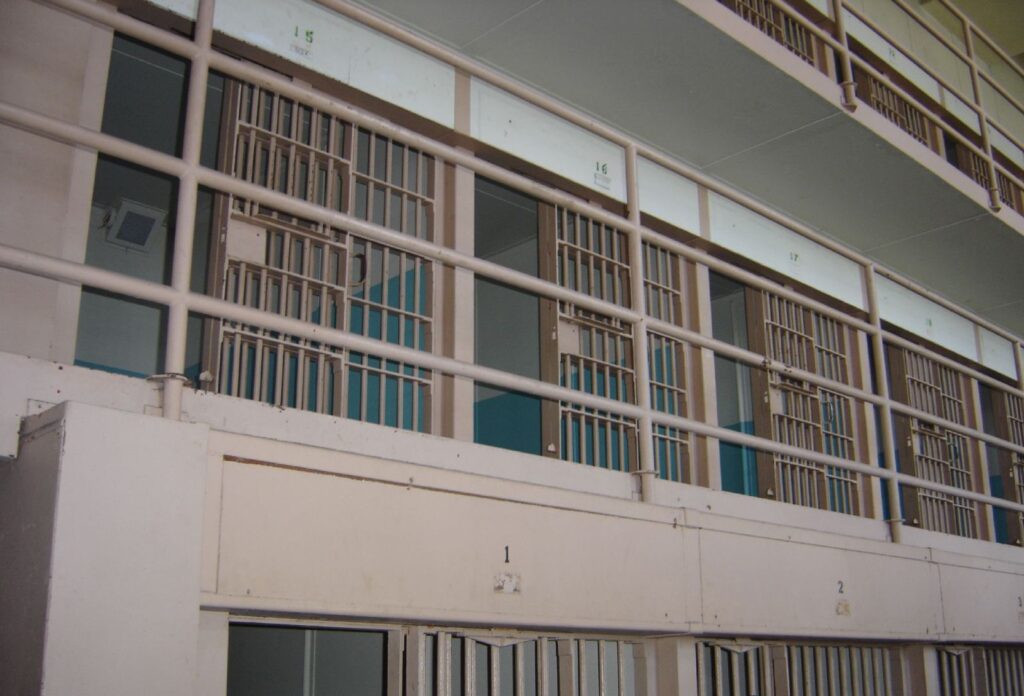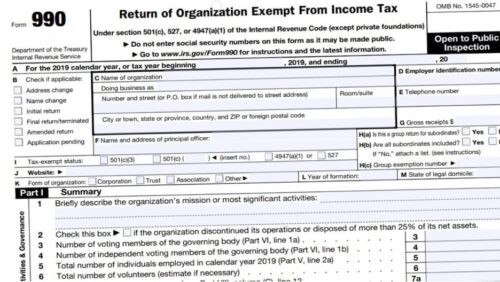Hope for Prisoners in Las Vegas offers one good example.
A December 2019 Fraser Institute report, The Generosity Index, lends needed credence to the idea that charitable giving helps address problems government intrusion can only partially solve, or not solve at all. The report proves, as The Winnipeg Free Press put it recently, “The more centralist and socialist a society becomes, the less voluntary giving occurs.”
The lack of charitable giving could prove disastrous to civil society in the long run because there’s evidence that individuals, unencumbered by command-economy policies, can do a great deal of good when acting purely out of a sense of community.
This truth played out fairly dramatically in February at the graduation ceremony for participants in the Hope for Prisoners program, a Las Vegas nonprofit that helps reintegrate formerly incarcerated people back into society. President Donald Trump spoke at the event and his remarks highlight the tremendous example of a local charity leading the way on one of America’s most-intractable social problems—one that millions of dollars in government funding has struggled to alleviate.
Hope for Prisoners, a § 501(c)(3) nonprofit, has helped more than 3,000 former inmates during its decade of operation. It managed much of that success on a budget of less than $300,000. Government grants accounted for about one-third of its 2018 revenue of about $1.2 million. Funding also came from a variety of private foundations, including Milwaukee’s Lynde and Harry Bradley Foundation, to which Bradley Prize recipient Bob Woodson of The Woodson Center brought its attention. Faith-based organizations and congregations, as well as state and local law enforcement, are also important partners.
The Hope for Prisoners reentry program appears to be dramatically effective. A 2016 study found that only six percent of ex-prisoners who completed the program recidivated during the 18-month study period. Sixty-four percent found stable employment, with half of those doing so within about a month of program completion. These are fantastic results for those who are otherwise heavily predisposed towards far more adverse outcomes during the critical first year post-release.
A unique mentorship structure
Hope for Prisoners’ unique mentorship structure explains its success. In addition to intensive workshops, job referrals, and other programs offered to ex-offenders, each is matched with a trained volunteer mentor—some of whom are former program participants themselves—whose role is to provide personal support, guidance, and encouragement. A particular emphasis is placed on honing job skills and finding good employment. The 2016 study concluded that the mentorship program “appears to be a key component of the reentry initiative” and singled it out for potential replication elsewhere.
The impact Hope for Prisoners has had on recidivism is most striking when contrasted with data from other sources. A study of prisoners who were released in 2005 found that 83% were re-arrested within nine years, with 44% re-offending within the first year. Recent California data found a “stubbornly high” recidivism rate of about 50% within three years of release.
California represents a prime case study, being one of the largest and most-expensive state prison systems in the country. From FY2014 through FY2019, the state increased its annual budget for in-prison rehabilitation programs by nearly 30%, to about $300 million. Most of the recent funding increases have gone towards cognitive behavioral therapy (CBT) programs run by state-contracted staff. These are designed to address critical predictors of recidivism such as substance abuse, anger management, strained family relations, and criminological thinking patterns.
Despite this investment, an audit found inmates who completed their CBT programs recidivated at about the same rate as those who did not. California’s deputy director of rehabilitation programs suggested this may be because in-prison programs are insufficient on their own. Rather, positive impacts on recidivism may depend more on “post-release treatment in the community.”
Values, faith, and a track record
Enter Hope for Prisoners—which, although it’s a nonpartisan charitable organization, in many ways reflects a classic conservative solution to a difficult problem. Values like individual liberty, personal responsibility, limited government, democratic rule, and private charity all derive from a presupposition that most people are inherently good, and capable of successfully running their own lives. To a conservative, it is axiomatic that the Hope for Prisoners program—which emphasizes personal talents and ambitions within an optimistic and supportive environment—would work so well. It would likewise surprise not a single conservative that a small, local charity with strong faith-based elements would prove more effective at addressing a social issue than millions of dollars in government appropriations.
That is the salient point to remember in the increasingly bipartisan realm of criminal-justice reform. As Hope for Prisoners looks to expand into offering in-prison programs for inmates up to 18 months prior to release—something founder Jon Ponder says will cost taxpayers nothing—its track record gives every reason to be optimistic for success. Perhaps over time, Hope for Prisoners and organizations like it can increasingly do what private charity does best: work meaningful changes in people’s lives in ways government programs never can.





